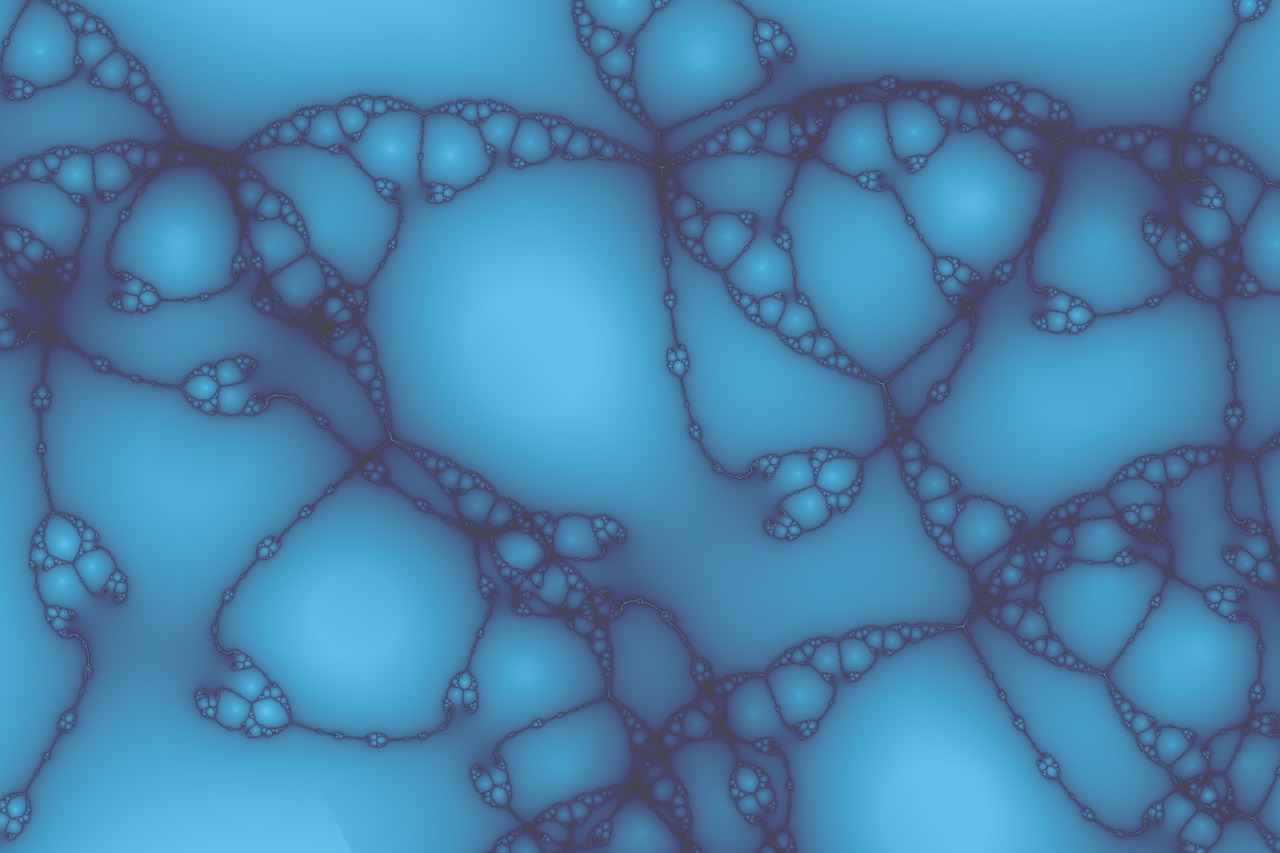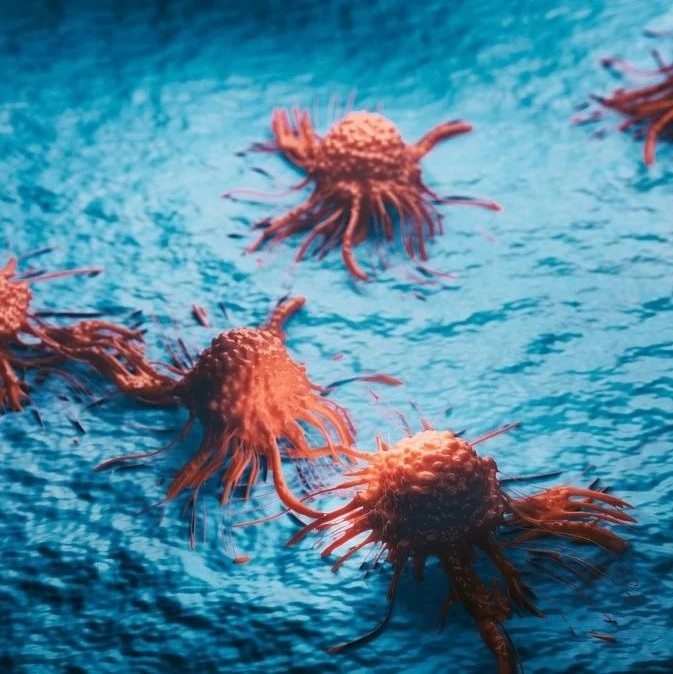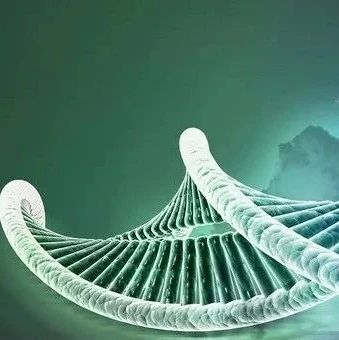康涅狄格大学李义教授实验室成功地培育出了一种无籽的观赏卫矛新品种。 观赏卫矛又称火焰灌木,是广受欢迎的园林观赏植物。无籽的火焰灌木新品种保留了鲜红夺目的特性,但消除了其传播和入侵自然栖息地的能力。
李义教授是康涅狄克大学转基因植物研究中心和新英格兰入侵植物研究中心的主任。 李说:“三倍体无籽、无侵略性的火焰灌木的培育成功为消费者和园艺工业继续使用火焰灌木提供了可能。由于火焰灌木在秋天的火红鲜艳令人过目不忘、同时可以在不同的土壤和环境条件下能旺盛地生长,并且病虫害少,是一个极受欢迎的园林观赏植物。"
火焰灌木是美国年产值160亿美元的观赏植物产业中的最赚钱的植物之一,它在美国新英格兰地区和东部各州特别受欢迎,被广泛用于园林绿化、植物篱笆、以及在高速公路沿线和商业区种植。
康涅狄格绿色工业联合会执行主席赫弗南认为李义的三倍体无籽火焰灌木为消费者,观赏园艺工业,以及失态环保工作者创造了一个共赢的机会。
美国田纳西大学园艺植物生物技术专家程宗明教授说,李义实验室在培育无侵入性的三倍体火焰灌木“具有巨大的经济和环境意义” 。
火焰灌木全美每年的销售产值达到数千万美元,但它具有很强的入侵性。美国已有21个州将其列为入侵性物种,在马萨诸塞州和新罕布什尔州被禁止销售和种植,许多其他的州,包括康涅狄格州,已将其被列在入侵植物的“监控名单”中。入侵植物每年给美国来近400亿美元的经济损失。
培育无入侵能力的火焰灌木品种有助于恢复其在商业市场上的突出地位。
程宗明教授说,“近年来,美国有几所大学和实验室都在培育三倍体或不育的火焰灌木, 但没有成功”,程说,“被子植物的胚乳细胞是天然的三倍体,但从胚乳细胞,特别是木本植物的胚乳细胞,再生植株往往是很困难的。很高兴看到李义实验室在培育无侵入性的火焰灌木方面取得的重大突破。”
从胚乳组织再生三倍体植物是非常困难的,从上世纪50年代初报道第一例胚乳植物再生以来,目前也只有在32种植物上获得了成功。李义赞扬他的研究小组的持久性,奉献精神和热情。他说,近年来,一旦卫矛到秋天形成种子以后,他的研究人员就要花大量的时间分离数以千计的成熟和未成熟胚乳组织。虽然可以用转基因技术轻易地获得不育的火焰灌木, 但他选择了用非转基因的方法。
火焰灌木的侵入性源于每株植物每年能产生数以万计的种子,这些种子可以被雨水和鸟类传播到到林地,在那里萌发、生长和繁衍,形成茂密的灌木丛,威胁其下面其它植物的生存, 最终完全替代本土植物。
火焰灌木原产于东亚,1860年被引入到美国。由于其观赏特点得到不断的遗传改良,导致其知名度和受欢迎程度不断增加。现在从美国从新英格兰地区到佛罗里达州的东部,以及西至伊利诺伊州都可以看到种植的火焰灌木。
李义实验室的研究报告发表在2011年8月的《园艺科学》上,该杂志是服务于园艺科学家和园艺产业的国际性刊物。
李实验室已成功地获得了12个独立的三倍体火焰灌木株系。由于三倍体植物的花粉和卵细胞的染色体不能均等分裂而不能产生种子。康涅狄格大学正在为培育三倍体火焰灌木的方法申请专利,并将新品种商业化,取代目前使用的有入侵性的火焰灌木品种。
生物探索推荐英文原文报道:
UConn Scientist Develops Sterile Variety of Invasive Plant
Scientific breakthrough could help restore the popular ornamental shrub Euonymus alatus, otherwise known as burning bush, to prominence in commercial marketplace
Professor Yi Li’s Laboratory in the University of Connecticut’s College of Agriculture and Natural Resources has developed a seedless variety of the popular ornamental shrub Euonymus alatus, also called ‘burning bush,’ that retains the plant’s brilliant foliage yet eliminates its ability to spread and invade natural habitats.
“The availability of a triploid seedless, non-invasive variety of burning bush creates a win-win situation for both consumers and commercial nurseries,” says Li, head of UConn’s Transgenic Plant Facility and director of the New England Invasive Plant Center on the UConn campus in Storrs, CT. “The bush is an extremely popular ornamental plant for landscapers and gardeners because of its intense red autumn foliage and robust ability to grow in a wide range of soils and environmental conditions. In addition, the plant has very few pest or disease problems.”
Also known as ‘winged euonymus’ because of its distinctive winged branches, burning bush is a top cash crop for the $16 billion ornamental plant industry. It is especially popular in New England and along the eastern seaboard where the shrub is used as foundation plantings, hedges and along highways and commercial strips.
National sales of burning bush top tens of millions of dollars each year. The plant, however, spreads aggressively and has been listed as an invasive species in 21 states. It has already been banned in Massachusetts and New Hampshire and is on an invasive plant ‘watch list’ in many other states, including Connecticut. The economic cost of invasive plants is estimated at more than $40 billion per year in the US.
The creation of a non-invasive variety of burning bush should help restore the shrub’s prominence in the commercial marketplace.
Professor Max Cheng, a horticultural plant biotechnologist at the University of Tennessee-Knoxville, says Li’s success in regenerating a triploid non-invasive burning bush “has great economic and environmental significance.”
“Several universities and laboratories in the U.S. have been working on developing triploid or sterile burning bush for years,” says Cheng. “Endosperm cells of angiosperms are naturally triploid but regeneration from endosperm cells, particularly from endosperms of woody species, is often very difficult. Dr. Li’s success represents a major breakthrough in developing sterile non-invasive Euonymus alatus, which is of great importance to the American ornamental horticulture industry and gardeners.”
Burning bush’s invasive characteristics stem from its prodigious seed production. The plant produces tens of thousands of seeds that are transported by rainwater and birds where they take hold in open woodlands creating dense thickets that displace native vegetation. The plant’s root system forms a tight mat below the soil surface and its broad profile (it averages 6 to 9 feet in height and is capable of reaching 15 feet) creates heavy shade that threatens the survival of plants living beneath it.
Native to eastern Asia, the deciduous Euonymous alatus was introduced in the United States around 1860. The shrub’s natural ornamental features have been genetically improved over time giving rise to its widespread popularity. It can be found in the eastern United States from New England to Florida and as far west as Illinois.
The new lines of sterile non-invasive burning bush plant – which were derived from a popular dwarf variety known as (E. alatus) ‘Compactus’ – took years to develop. Members of Li’s research team, Chandra Thammina, Mingyang He, Litang Lu, and others, painstakingly removed thousands of immature and mature endosperm from deep inside the plant’s seeds under sterile conditions and then treated them with special plant growth regulators. The team carefully maintained endosperm tissue explants in Petri dishes so that a callus, bud, seedling and ultimately a new triploid seedless variety were grown.
“Finding the right combination of plant growth regulators, appropriate amounts for the treatment and repeatedly testing and re-testing the process to validate success was a lengthy, yet ultimately rewarding, process,” Li says.
The process to produce triploid plants from endosperm tissues is so difficult that since endosperm regeneration of plants was first reported in the early 1950’s, it has been successful in only 32 plant species. Li praised his research team’s persistence, dedication and passion, which he said carried his staff through the long hours necessary for separating thousands of mature and immature endosperms once the plants went to seed in the fall.
The research report appears in the August 2011 issue of HortScience, an international journal serving horticulture scientists and the horticulture industry.
The research team reports that it successfully produced twelve independently regenerated triploid plants of burning bush. Triploid plants are sterile due to uneven chromosome division as cells multiply.
Li is working with UConn’s Office of Technology Commercialization to patent the process used to regenerate the burning bush triploid and ultimately bring the new plant variety to the commercial horticulture industry.







